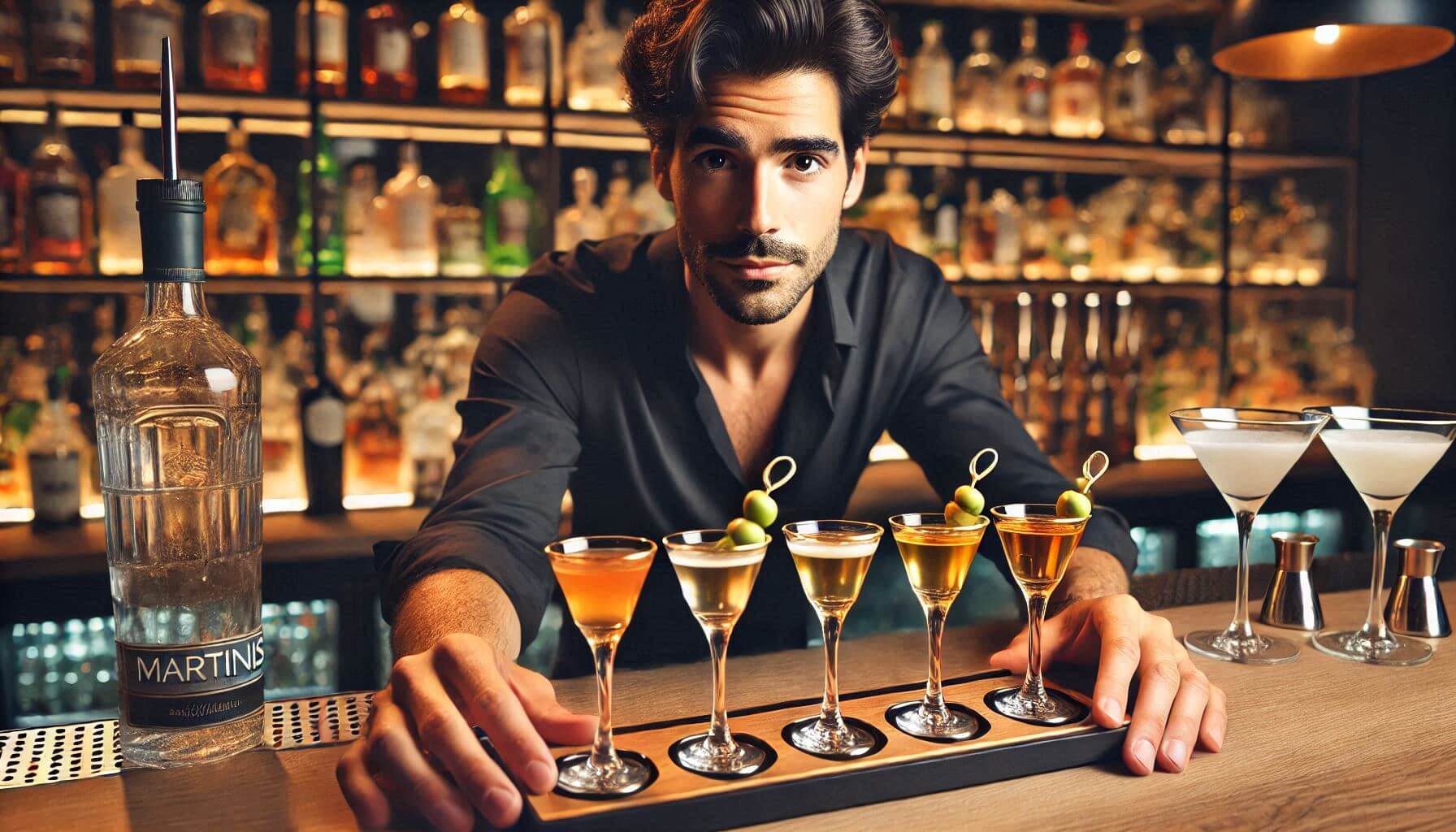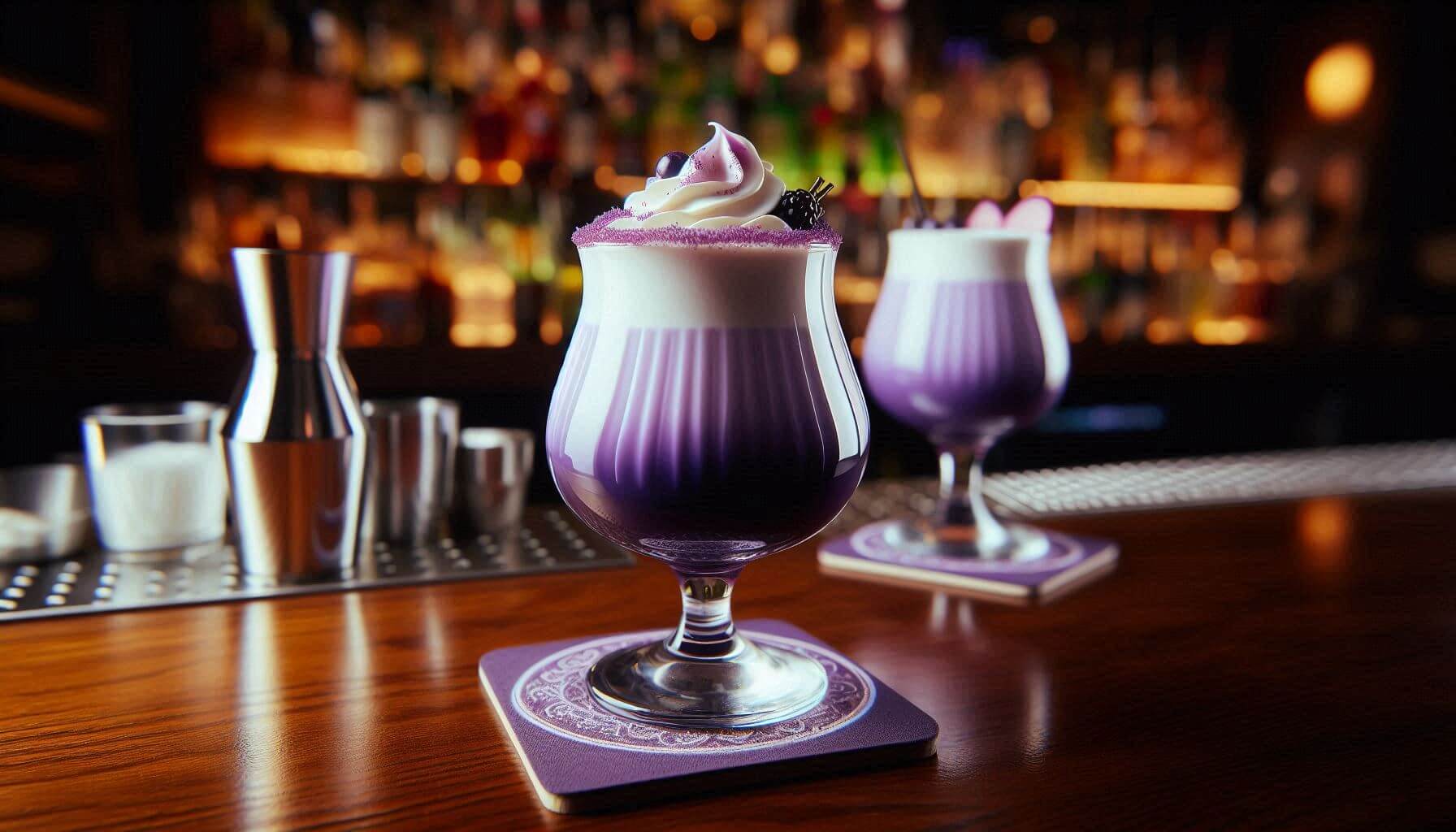5 Books to Read this Month: March 2025
by David Klemt

Our March book selections focus on outdoor cooking, miniaturized cocktails, restaurant design, hotel design, and prioritizing the right things.
To review the book recommendations from February 2025, click here.
Let’s jump in!
Several years ago, Tales of the Cocktail featured an event highlighting Mar-tiny’s, miniature serves of an array of Martinis. Over the years, I’ve come across mini drinks at bars and pop-up events, and people have always seemed to find the concept compelling. Couple this interesting way of serving with today’s apparent preference for imbibing less alcohol and we have a recipe for successful drinks.
From Amazon: “Tiny Cocktails offers a unique and creative approach to mixology for those who want to savor delicious cocktails without overindulging. The recipes showcase smaller drinks with big flavors—an ideal way to explore new flavors and refine your mixology skills without making a full-drink commitment. Each drink comes in around 3-6 ounces, with about half the alcoholic punch of a full-sized cocktail.”
Funnily enough, this also reminds me of an awesome, engaging Tales of the Cocktail event. Not too many TOTCs ago, Kimpton Hotels hosted an event during which every food item (save for a couple of cheese boards) was prepared outside, over fire. The result was a fantastic dinner that showcased how the simplest form of cooking, when coupled with creativity, can produce something spectacular.
From Amazon: “In Symon’s Dinners Cooking Out, Michael Symon offers 100 recipes for outdoor cooking including desserts and drinks too. Featuring fan-favorite recipes from his popular Food Network show, Symon’s Dinners Cooking Out, and brand new recipes, this cookbook is sure to excite budding and expert grillers alike. From live-fire classics like Bacon-Cheddar Smash Burgers to unexpected dishes like Fettuccine with Smoked Tomato Sauce, cooks who take it outside will find all kinds of creative ways to use their grills year-round.”
I’ve had the opportunity to speak to multiple hospitality-focused interior designers on the KRG Hospitality-produced Bar Hacks podcast. In each case, I’ve asked about their process for helping clients share their vision for a restaurant, bar, or other concept and transform it into a tangible design.
To that end, I present Tasteful, which I hope will help spark creativity in anyone considering the interior design of their own concept, and explain what they’re visualizing to others.
From Amazon: “The ever-evolving landscape of the gastronomic industry never fails to surprise with new ideas and trends—and Tasteful is a testament to that. A follow-up on the earlier gestalten title Appetizer, this book is a curated selection of the most eye-catching interiors of new restaurants, cafes, bars and all kinds of food places. Featuring a variety styles from a host of diverse locations around the planet, Tasteful serves as both a travel guide for intrepid foodies and an inspiration for those passionate about design.”
On the most-recent episode of the Bar Hacks episode I speak with Michael Suomi, an award-winning architect and interior designer who specializes in unique and complex hotel projects (along with restaurant and bar designs). That episode, and this book, should inspire those opening a hotel to knock their design out of the ballpark, and create a narrative for their property.
From Amazon: “Embark on a stunning visual journey through The Leading Hotels of the World, a collection of the world’s most exclusive independent luxury hotels, which consistently dominates prestigious awards, securing top honors in Travel + Leisure’s World’s Best Awards and Condé Nast Traveler’s Readers’ Choice Awards.”
Click here to order your copy!
One of our goals for KRG Hospitality clients sounds simple on the surface: spend less time on their business. Imagine having the ability to step away for multiple weeks throughout the year, to actually unplug and not even think about your bar, restaurant, cafe, nightclub, or hotel. We want that for all of our guests, because while we can help make brands, brick-and-mortar businesses, and menus, and make operations run more smoothly, none of us can make more time.
Undoing Urgency, likewise, is about time, and what we do with it.
From Amazon: “Undoing Urgency…details the GAME Plan (Goals, Actions, Metrics, and Execution), which turns core values into high-priority goals and minimum effective dose actions for maximum impact. The GAME Plan works for all goals, having been used at the highest levels in business, health, life, and the most personal ambitions. It takes readers on a journey of personal discovery to identify what brings them value and joy. Ultimately, Reynolds wants to help people break free of urgency and start living a value-driven life dedicated to what is most important to them.”








